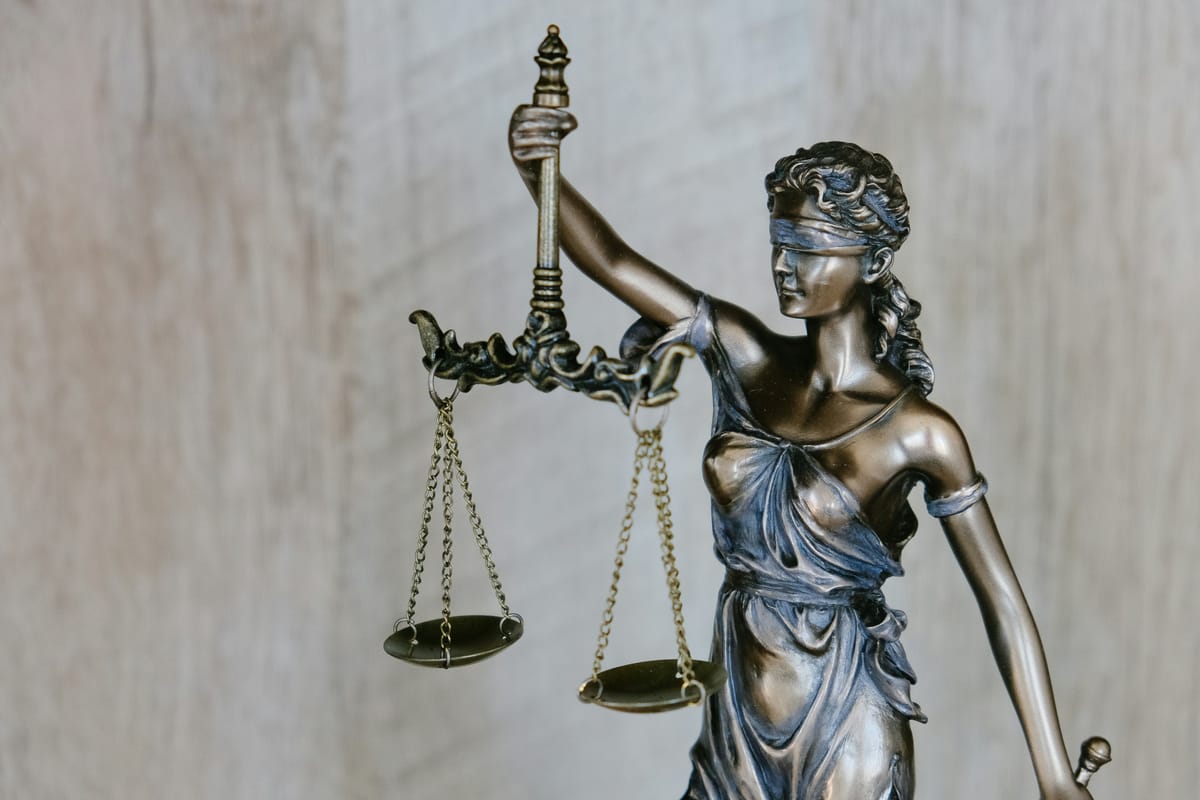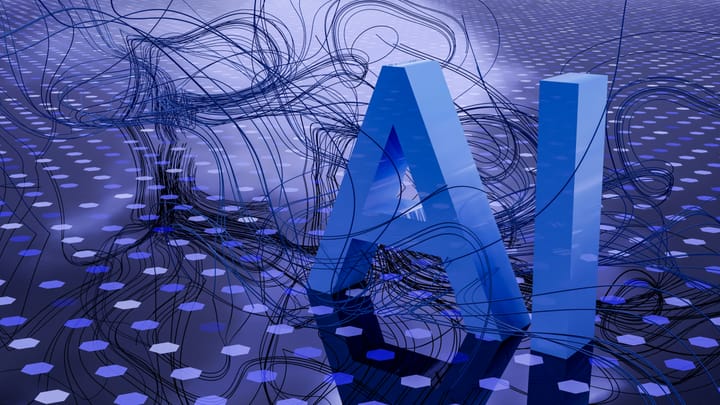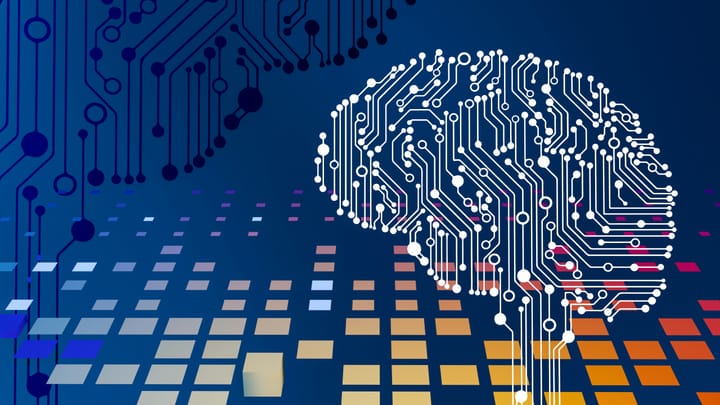The Ethics of Letting AI Mark Builds as Green

A few years ago, the word “green” meant something simple.
It meant the tests passed. The build was stable. The team could merge with confidence.
That color wasn’t just a visual signal; it was a statement of truth.
But now, the gatekeeper of that truth is changing.
AI has crept deeper into our delivery pipelines; first suggesting tests, then triaging failures, and now, quietly, starting to decide whether a build is good enough to ship.
It sounds like progress: fewer false alarms, faster merges, fewer humans bottlenecking the flow of code. But under the surface, something more profound is happening.
We’re no longer just automating execution; we’re automating judgment.
And judgment, by definition, carries ethics.
When an algorithm decides a build is “green enough,” it’s making a value call that used to belong to humans; about risk, about trust, about what we’re willing to accept as “done.”
So before we celebrate the fully autonomous CI pipeline, it’s worth asking:
What are we giving up when we let AI decide what’s safe to ship?
And who’s accountable when it gets that decision wrong?
Let’s explore the ethics of letting AI mark builds as green; not through the lens of technology, but through the lens of responsibility.
1. The Temptation of the “Self-Healing” Pipeline
There’s a quiet revolution happening in CI/CD pipelines everywhere.
As AI moves from generating test cases to making judgment calls, many engineering leaders are asking a new kind of question:
Should we let AI decide if a build is green?
At first glance, it sounds like progress. If models can analyze test outcomes, cluster flaky failures, rerun impacted tests, and even patch broken scripts; why not let them approve the merge too?
After all, developers hate waiting. Product teams love velocity metrics. And executives love automation that removes “friction.”
But this is where a subtle; and deeply ethical - dilemma begins. Because when we delegate the authority to declare success to an AI system, we’re not just optimizing for speed. We’re redefining truth inside our software delivery process.
2. When “Green” No Longer Means “Good”
In traditional CI/CD, “green” is sacred. It’s a signal of trust.
A green build means:
- All tests ran and passed under known conditions.
- The system met the acceptance criteria we defined as a team.
- Humans are responsible for what ships next.
When AI takes over that decision; especially without human visibility; the meaning of green starts to drift.
A model might mark a build green because:
- It classified a test failure as “likely flaky.”
- It determined a crash “doesn’t affect user flows.”
- It believes the metrics still fall within “acceptable variance.”
Each of those choices contains subjective judgment; once made by engineers, now made by algorithms trained on historic data.
And here’s the rub: AI doesn’t truly understand the consequences of being wrong. It doesn’t care if that “flaky” test was actually the first signal of a production outage.
Ethically speaking, it can’t care.
3. The Hidden Cost of Delegated Accountability
When an AI marks a build as green, who owns that decision?
If a defect reaches production, does the blame fall on the model? The DevOps team who configured it? The executives who demanded “faster CI”?
Delegation without accountability is where ethical erosion begins.
Teams may justify it by saying:
“Well, the AI has 95% accuracy; that’s better than our humans.”
But ethical responsibility isn’t about accuracy. It’s about agency. Humans can explain why they made a call. AI can’t; it can only trace probabilities.
That means every “AI-approved” build carries a hidden liability: a decision no one can fully explain or own.
This isn’t a theoretical risk. It’s a governance nightmare.
Imagine your company ships a broken medical software update because the AI classified a test failure as “non-blocking.” Who testifies when a regulator asks why that build passed?
The AI?
Good luck subpoenaing a model.
4. When Optimization Becomes Omission
Let’s get uncomfortably honest.
Much of the push for “AI-validated builds” isn’t about improving quality; it’s about protecting velocity metrics.
Modern orgs have become addicted to dashboards: deployment frequency, lead time to prod, mean time to restore. These KPIs often sit on exec OKRs.
So when AI tools promise to “cut flake noise” or “auto-green stable pipelines,” they sound like salvation. Suddenly, every test failure can be “explained away.”
But optimization has a dark side. When systems are designed to minimize friction rather than maximize truth, omission becomes a feature.
You don’t see the red builds anymore; not because the product got better, but because the threshold for calling something “green” quietly moved.
That’s not quality engineering. That’s selective blindness disguised as progress.
5. The Illusion of Objectivity
AI’s biggest ethical trap is its aura of neutrality.
Because it’s mathematical, people assume it’s unbiased. But every “green build” decision made by a model is downstream of human training data.
If your org historically ignored certain categories of test failures, your AI will too.
If your logs are full of tolerated performance regressions, your AI will mark similar patterns as “expected.”
If your team normalized skipping flaky tests, congratulations; your model just learned that mediocrity equals success.
The illusion of objectivity hides a profound ethical debt: garbage in, green out.
Once that pattern hardens, you’ve institutionalized complacency. And no one can tell where the line of integrity was crossed.
6. Automation vs. Accountability: The Moral Tradeoff
We often describe AI ethics in lofty terms; fairness, transparency, explainability. But inside engineering orgs, the real ethical question is painfully practical:
What are we willing to stop looking at, in exchange for speed?
That’s the tradeoff every leader faces when introducing “AI judgment” into pipelines.
If AI re-runs a failed test five times and marks it green on pass #3, are we okay shipping that?
If the model silently suppresses flaky failures to keep the dashboard green, are we complicit in lying to ourselves?
If it learns to overfit the definition of “healthy build” to historical mediocrity, are we still in control of our quality standards?
The ethics aren’t abstract; they’re operational. They show up in your release notes, your RCA reports, and your customer trust scores.
7. The “QA Ghost” Problem
When teams let AI auto-approve builds, something subtle happens to culture: the QA ghost appears.
It’s the phantom presence of accountability that used to exist.
Developers stop checking test reports. Managers assume “the system caught it.”
QA engineers feel their judgment is no longer needed; until something goes wrong.
Then suddenly, everyone remembers the human eyes that used to catch the invisible.
AI doesn’t replace that judgment; it just masks its absence.
You can have the fastest pipeline in the world, but if no one actually understands why the build was green, you’re flying blind at scale.
8. Ethics Isn’t Anti-AI; It’s Pro-Context
Let’s be clear: AI absolutely has a role in quality.
It can detect flaky patterns faster than humans.
It can triage test failures intelligently.
It can predict risk hotspots before they explode.
The ethical boundary isn’t in using AI; it’s in abdicating judgment to it.
Ethical AI in CI/CD means:
- The system can propose a “likely green” classification, but humans confirm it.
- Every automated decision is logged with explainable reasoning (confidence scores, rules used, prior examples).
- Models are retrained not just on past data but on revised human standards; so improvement loops stay human-centered.
AI should assist the truth-finding process, not own it.
That’s the ethical guardrail: human authority with machine acceleration.
9. The Real Danger: Quiet Drift
The biggest ethical risk isn’t the first AI-green build. It’s the hundredth.
Because once trust builds, oversight fades.
Nobody questions the AI anymore. Red builds become rare, and so do post-mortems.
The team’s definition of “done” slowly erodes.
This phenomenon - trust drift - is well-documented in aviation and healthcare automation. Pilots and doctors begin to over trust machines that seem infallible, right up until the day they’re not.
CI/CD pipelines aren’t life-critical in most cases, but they follow the same psychology.
Automation dulls vigilance.
By the time someone notices that a regression slipped through, the habit of questioning has already died.
That’s why ethics in automation isn’t about policing morality; it’s about preserving alertness.
10. Guardrails for Ethical Automation
So how do we keep AI-driven pipelines honest? Here’s a framework every engineering org can apply:
1. Transparent Classification
Every AI “green” decision should include metadata; confidence score, features considered, and any suppressions performed.
2. Mandatory Human-in-the-Loop for Non-Trivial Cases
Flaky, partial, or inconclusive builds must be routed to human review, not auto-merged.
3. Immutable Audit Trails
Each AI-approved build should be logged with a permanent record of rationale. Auditors - internal or external - should be able to reconstruct why that build passed.
4. Ethical SLAs
Define organizational ethics SLAs alongside your SLOs:
- “100% of AI green decisions must be explainable.”
- “No more than 5% of builds can be auto-green without human review.”
- “Every AI decision model must be retrained quarterly against human-verified outcomes.”
5. Culture of Skepticism, Not Suspicion
Teach teams to question the output, not the technology. Encourage blameless curiosity: “Why did the AI think this was okay?”
The goal isn’t to replace trust with paranoia; it’s to replace blind trust with earned trust.
11. The Moral of the Merge
In a few years, “AI-green” builds will be normal.
Pipelines will auto-classify results, retrain models nightly, and ship to production without human eyes.
That’s not inherently unethical; but how we govern that process will define the integrity of our craft.
Because “green” is more than a color on a dashboard.
It’s a promise - from the builder to the user - that what we shipped reflects our standards, not just our statistics.
AI can help us deliver that promise faster, but only if we remember that speed and ethics are not the same thing.
Letting AI mark builds as green isn’t just a technical shortcut. It’s a philosophical choice about who gets to define truth in our software.
And as long as humans are accountable for the consequences, humans must remain the final arbiters of that truth.
In the end, the ethical line isn’t drawn at automation; it’s drawn at abdication.
AI can help us find green faster. But only people can decide what green really means.
👉 Want more posts like this? Subscribe and get the next one straight to your inbox. Subscribe to the Blog or Follow me on LinkedIn



Comments ()